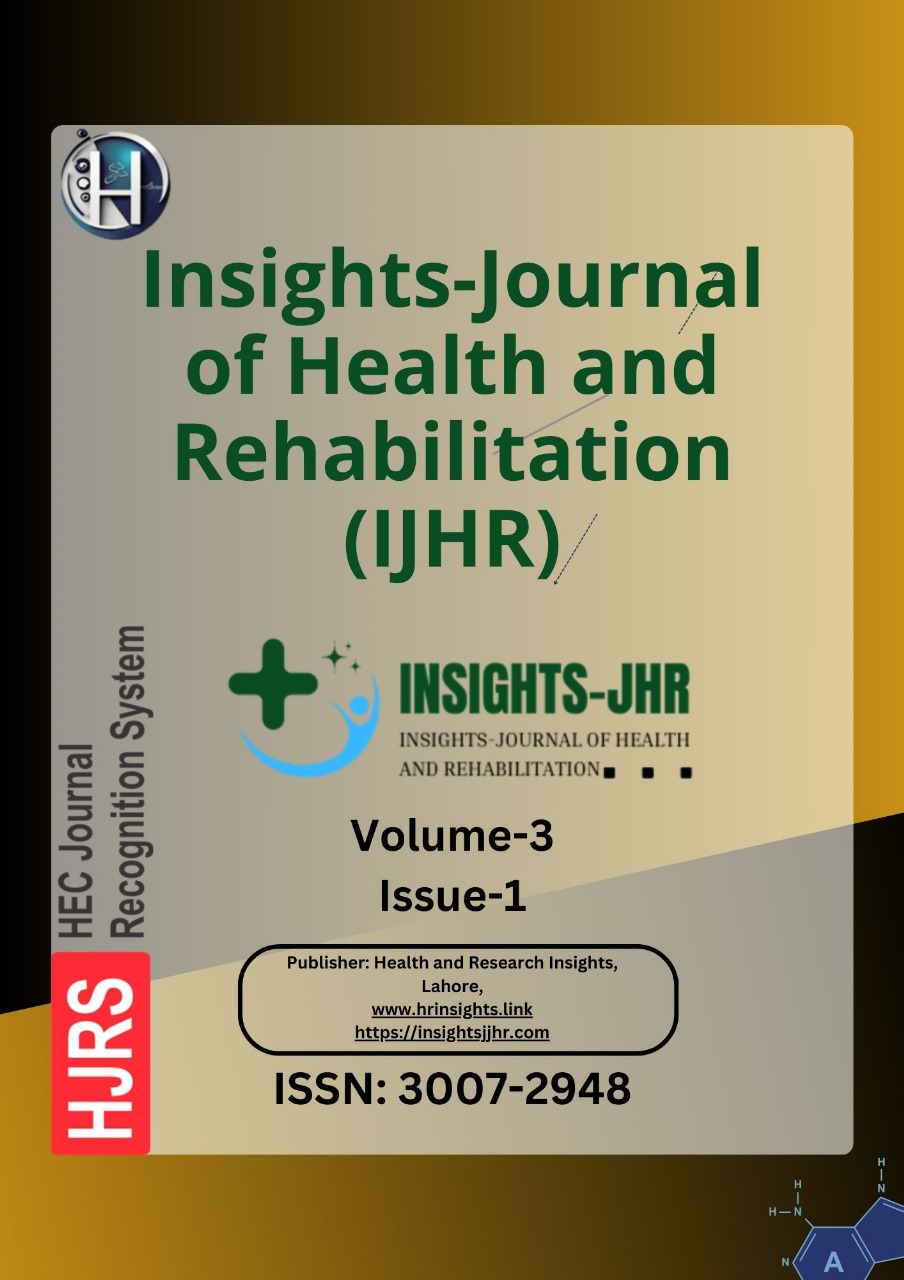FREQUENCY OF GRAM-NEGATIVE BACTERIA AND THEIR ANTIBIOTIC SUSCEPTIBILITY OF BLOOD-STREAM INFECTION IN CHILDREN OF KHYBER PAKHTUNKHWA
DOI:
https://doi.org/10.71000/zdkn4f58Keywords:
Antibiotic Resistance, Bloodstream Infections, Gram-negative Bacteria, Multidrug Resistance, Pediatric Infections, Salmonella typhi, Susceptibility TestingAbstract
Background: Bloodstream infections (BSIs) caused by Gram-negative bacteria (GNB) pose a significant global health concern, particularly due to their increasing resistance to antibiotics. The rapid emergence of multidrug-resistant (MDR) strains has complicated treatment strategies, leading to increased morbidity and mortality. Surveillance of antimicrobial susceptibility patterns is essential to guide effective therapeutic interventions and curb the spread of resistant bacterial strains.
Objective: To determine the frequency of Gram-negative bacteria in bloodstream infections among pediatric patients and assess their antibiotic susceptibility patterns.
Methods: A cross-sectional study was conducted over eight months in two tertiary care hospitals in Peshawar, Pakistan. A total of 2,247 blood samples from suspected bloodstream infection cases were collected and cultured on MacConkey agar for bacterial isolation. Identification of bacterial species was performed using standard morphological and biochemical methods. Antibiotic susceptibility testing was conducted using the Kirby-Bauer disk diffusion method, following Clinical and Laboratory Standards Institute (CLSI) 2020 guidelines. The resistance and susceptibility patterns were analyzed.
Results: Among the 2,247 blood samples, 117 (5.2%) tested positive for Gram-negative bacteria. Males accounted for 72 (61.5%) of the cases, while females constituted 45 (38.5%). Salmonella typhi was the most frequently isolated pathogen (97 cases, 82.9%), followed by Pseudomonas aeruginosa (4 cases, 3.4%), Klebsiella pneumoniae (4 cases, 3.4%), and Escherichia coli (3 cases, 2.5%). High resistance was observed against Ciprofloxacin, Chloramphenicol, Ampicillin, and Cefepime, whereas Meropenem, Imipenem, and Azithromycin showed the highest sensitivity.
Conclusion: The study highlights the increasing prevalence of antibiotic-resistant Gram-negative bacteria in bloodstream infections, emphasizing the urgent need for antimicrobial stewardship programs. The widespread resistance to commonly used antibiotics necessitates continuous surveillance and stringent policies to regulate antibiotic use in clinical settings.
Downloads
Published
Issue
Section
License
Copyright (c) 2025 Shah Faisal Jamal, Shabir Ahmad, Noman Khan, Muhammad Yasir , Miraj Ud Din, Nayab Gul (Author)

This work is licensed under a Creative Commons Attribution-NonCommercial-NoDerivatives 4.0 International License.







